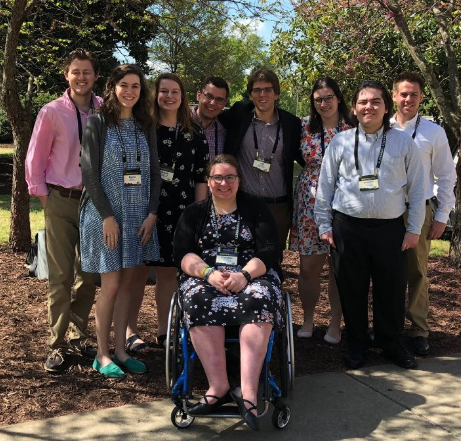
Honors Bachelor of Arts
Title
Migration and Its Impacts on the Labor Market of Rome during the Late Republic and Early Empire
Document Type
Capstone/Thesis
Faculty Advisor
Thesis Director: Dr. Shannon Hogue; Thesis Reader: Dr. Amit Sen; Thesis Reader: Dr. Arthur Dewey; HAB Course Director: Dr. Thomas Strunk
Date
2017-3
Abstract
For a city as large and influential as ancient Rome, its growth relied on a number of factors: military power, internal leadership, international trade, consumer goods markets, agricultural development, the labor force, and slavery. What allowed for growth in these areas was a certain combination of technological and cultural advancements, but what drove growth on such a scale at Rome was the sheer number of people found there. From the increases in wealth due to war, especially the Punic Wars, and the increases in the volume of slaves brought to and sold in Rome, the economy was flooded with capital, land, and labor, which helped the upper and lower (working) classes develop and improve their operations However, during this time of economic change, and great political change too, the social structure remained stable through the Late Republic to the Early Empire, about 250 BC to AD 30. This stability means there was consistency in social status and the perceptions of status for the upper and lower class, for citizens and foreigners, and for workers and slaves.Although social status indicated one’s “place” in the social hierarchy, the ability to relocate to rural or urban areas would have been an option for most people regardless of status, and cities such as Rome hosted quite a number of migrants due to its alluring opportunities. These migrants, whether voluntary or forced, and their impact on the labor market of Rome are the focus of this paper.
Recommended Citation
Campbell, Kerry, "Migration and Its Impacts on the Labor Market of Rome during the Late Republic and Early Empire" (2017). Honors Bachelor of Arts. 19.
https://www.exhibit.xavier.edu/hab/19
Creative Commons License

This work is licensed under a Creative Commons Attribution-Noncommercial-No Derivative Works 3.0 License.
Included in
Ancient History, Greek and Roman through Late Antiquity Commons, Ancient Philosophy Commons, Classical Archaeology and Art History Commons, Classical Literature and Philology Commons, Other Classics Commons

